The Khmer ethnic group is one of 54 ethnic groups in Vietnam. They live mainly in the Southern provinces, with the largest population in Soc Trang province. In recent years, Soc Trang has always received the attention of Party committees, authorities and the entire political system in the work of preserving, restoring and promoting the cultural values of ethnic minorities in the province, including the cultural identity of the Khmer ethnic group.
The Khmer people have a long-standing, unique and rich cultural tradition, expressed in the arts of singing, dancing, music, literature, festivals, religion, temple architecture, traditional costumes... Soc Trang has 5 national intangible cultural heritages of the Khmer people, including: Ok Om Bok Festival, Du Ke folk performing art, Rom Vong folk performing art, Ngu Am folk performing art, and Ro Bam folk performing art.
Preserving and promoting the national cultural identity in Soc Trang is considered one of the key and regular tasks. Photo: Internet.
Mr. Son Thanh Liem, Deputy Director of the Department of Culture, Sports and Tourism of Soc Trang province, said: Coming to Soc Trang, we can admire and enjoy unique cultural features, such as: Du Ke stage, Ok Om Bok festival, Ngu Am folk art, Rom Vong drum dance. Especially, on the 15th day of the 10th lunar month, we can enjoy Ngo boat racing. This festival has been recognized by Guinness as the province with the largest number of boats and athletes participating in Vietnam since 2005.
When talking about Khmer culture, we must mention Du Ke theater art. Du Ke has a mixture of art forms, such as: singing, dancing, music, martial arts, costumes, makeup, painting...
Mr. Luc Thanh Hiep, Deputy Head of the Khmer Art Troupe of Soc Trang province, said: Du Ke represents the solidarity and cultural exchange between the three ethnic groups Kinh, Khmer and Hoa. For generations, Du Ke stage art has not only served the needs of entertainment, but also helped people perceive the good and the bad, the good and the evil, and guided people to perfect themselves.
For a long time, the art of Rom Vong dance has been deeply ingrained in the subconscious of the Khmer people. This dance art does not stop at short scenes and plots, but has been elevated by choreographers into long plots.
Ms. Trieu Thi Phuong, Khmer Art Troupe of Soc Trang province, said: Rom Vong dance is a daily dance of the Khmer people. Khmer people perform Rom Vong dance in ceremonies at pagodas or in villages and communes. Rom Vong dance is mainly performed for daily activities, in meetings and exchanges, and during the traditional Chol Chnam Thmay festival. Currently, the dance is a national cultural heritage of the Khmer people.
The pagodas of the Khmer people in the South in general, and Soc Trang province in particular, are works of art that harmonize architectural, sculpture, and painting elements... In Soc Trang, there are 92 Khmer pagodas, of which 2 are recognized as national monuments: Doi Pagoda and Kh'Leang Pagoda.
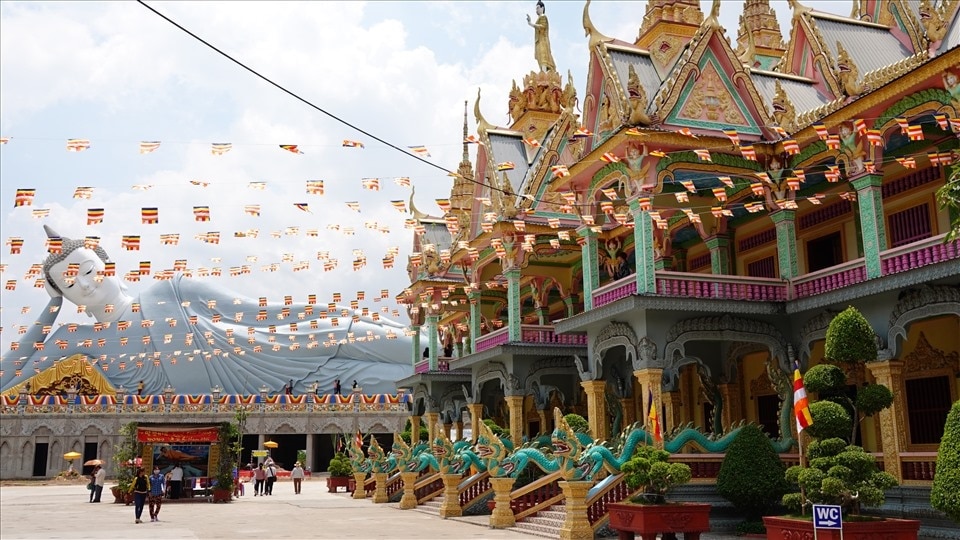
Soc Trang is known as a land with many Khmer pagodas. Pagodas are places for Buddhists to practice, as well as places for religious activities and ceremonies. Photo: Internet.
Venerable Tran Van Tha, Deputy Head of the Executive Committee of the Buddhist Sangha of Soc Trang Province, Abbot of Ta Mon Pagoda, said: The pagoda is a place for Buddhists to practice, as well as a place for religious activities, and to organize festivals. Not only is the pagoda a place for religious activities, but the pagoda is also a place to gather the culture of the Khmer people, or the pagoda is also called the cultural center of the Khmer people. Therefore, for the Khmer people, the pagoda is very important in social life.
Khmer costumes are quite unique, elaborate with many colorful tones, especially the Sampet bury Kpal costume of Khmer women. This is a type of skirt made of wide fabric, when worn wrapped around the body, the remaining part is passed through the legs to form a type of short puffy pants.
Ms. Thach Thi Loan, Heritage Officer at the Khmer ethnic cultural heritage exhibition house in Soc Trang province, said: Khmer people's costumes are rich, for example, there are everyday clothes at home, costumes Production work clothes, festival clothes, wedding clothes, stage art clothes. Ao sarong is a typical shirt with a piece of fabric wrapped around it like a swimsuit, can be used to carry a baby, or as a hammock... Khmer people often choose contrasting colors. For example, when they wear blue pants, the shirt is pink, contrasting each other, not just one color, rich and diverse.
Soc Trang province has maintained and promoted the cultural identity of the Khmer people, such as: investing in the restoration and preservation of Du Ke and Ro Bam arts; organizing costume contests of the Kinh, Khmer and Chinese ethnic groups. The province has built cultural institutions and infrastructure works to serve the organization of festivals, such as: grandstands, embankments of Ngo boat racing track (Soc Trang city); My Phuoc traditional festival cultural tourism area (Ke Sach district); Phuoc Bien Worship Festival organization area (Vinh Chau town)...
Mr. Ly Rotha, Head of the Ethnic Committee of Soc Trang province, said: The Ethnic Committee has coordinated with the Department of Culture, Sports and Tourism to advise the Provincial People's Committee on the project to preserve Khmer ethnic culture. The Ethnic Committee will publish documents on the origin of some festivals, traditional costumes of the Khmer ethnic group... The province also has a center to display Khmer cultural products.
The cultural beauty of the Khmer people has contributed significantly to the cultural treasure of Vietnamese ethnic groups. Khmer culture, together with the cultures of other ethnic groups, creates the richness and unity in diversity of Vietnamese culture, which is advanced and imbued with national identity.
In the coming time, to continue to preserve and promote the unique festival culture of the Kinh - Khmer - Hoa ethnic communities in Soc Trang, relevant sectors will continue to promote propaganda and dissemination of the Party and State's guidelines and policies on preserving and promoting national cultural values. Gradually improve the lives of the people, especially the Khmer ethnic group; research and develop programs and projects to preserve and develop cultural and artistic forms in the province; organize well cultural and artistic activities, sports, festivals, etc. to gradually improve the material and spiritual lives of the people./.
Yanjiang


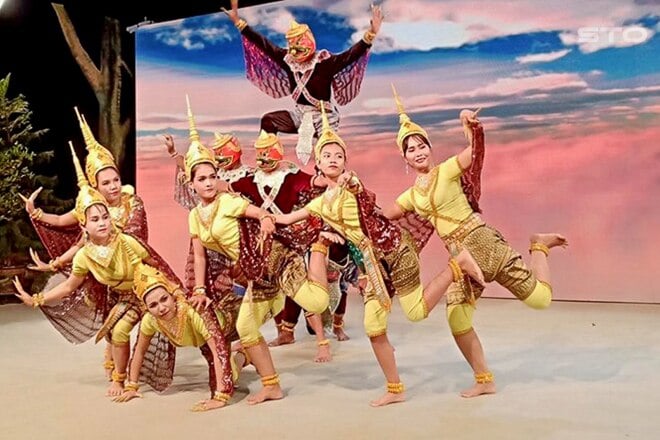
![[Photo] Many young people patiently lined up under the hot sun to receive a special supplement from Nhan Dan Newspaper.](https://vphoto.vietnam.vn/thumb/1200x675/vietnam/resource/IMAGE/2025/5/18/6f19d322f9364f0ebb6fbfe9377842d3)



![[Photo] Ready for the top competitions of Vietnamese table tennis](https://vphoto.vietnam.vn/thumb/1200x675/vietnam/resource/IMAGE/2025/5/18/9c547c497c5a4ade8f98c8e7d44f5a41)



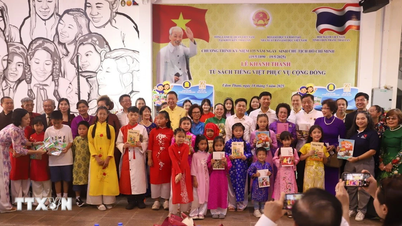

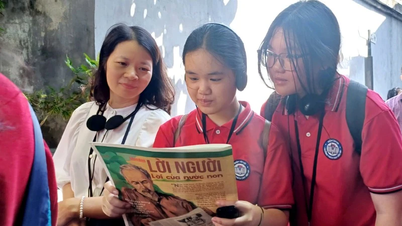

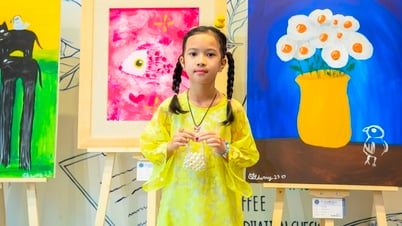

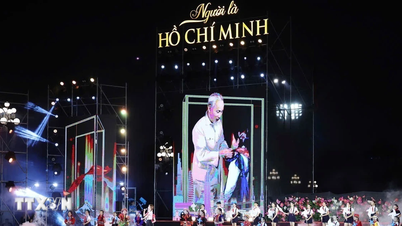
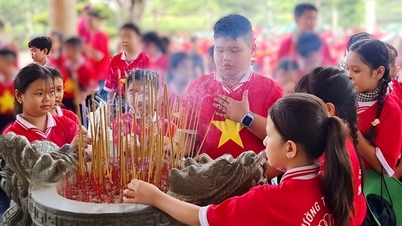






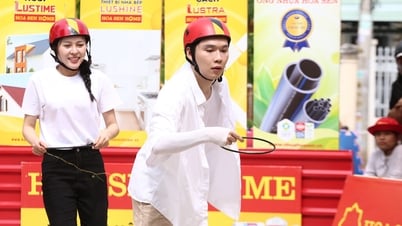
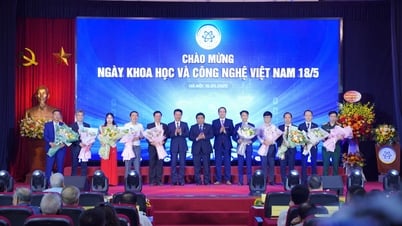


![[Photo] General Secretary To Lam visits exhibition of achievements in private economic development](https://vphoto.vietnam.vn/thumb/1200x675/vietnam/resource/IMAGE/2025/5/18/1809dc545f214a86911fe2d2d0fde2e8)














































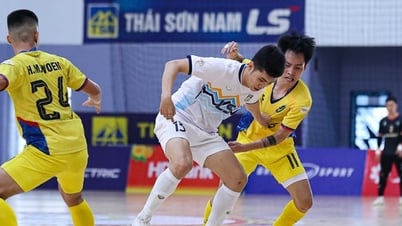

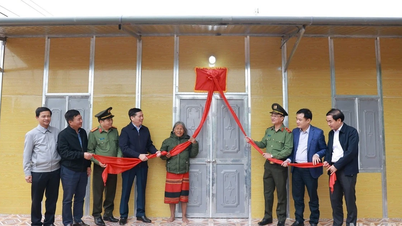

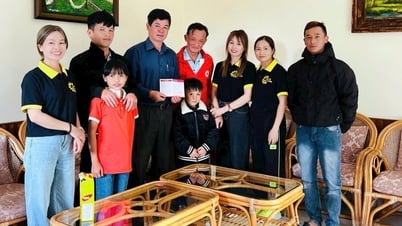

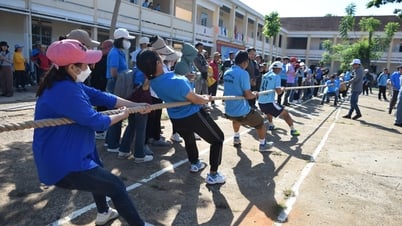
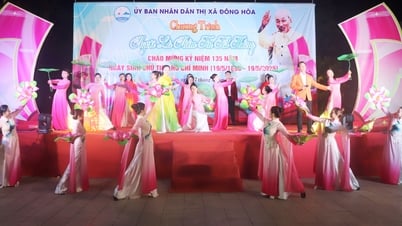

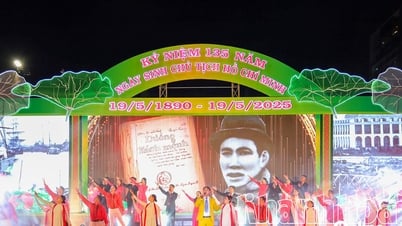










Comment (0)